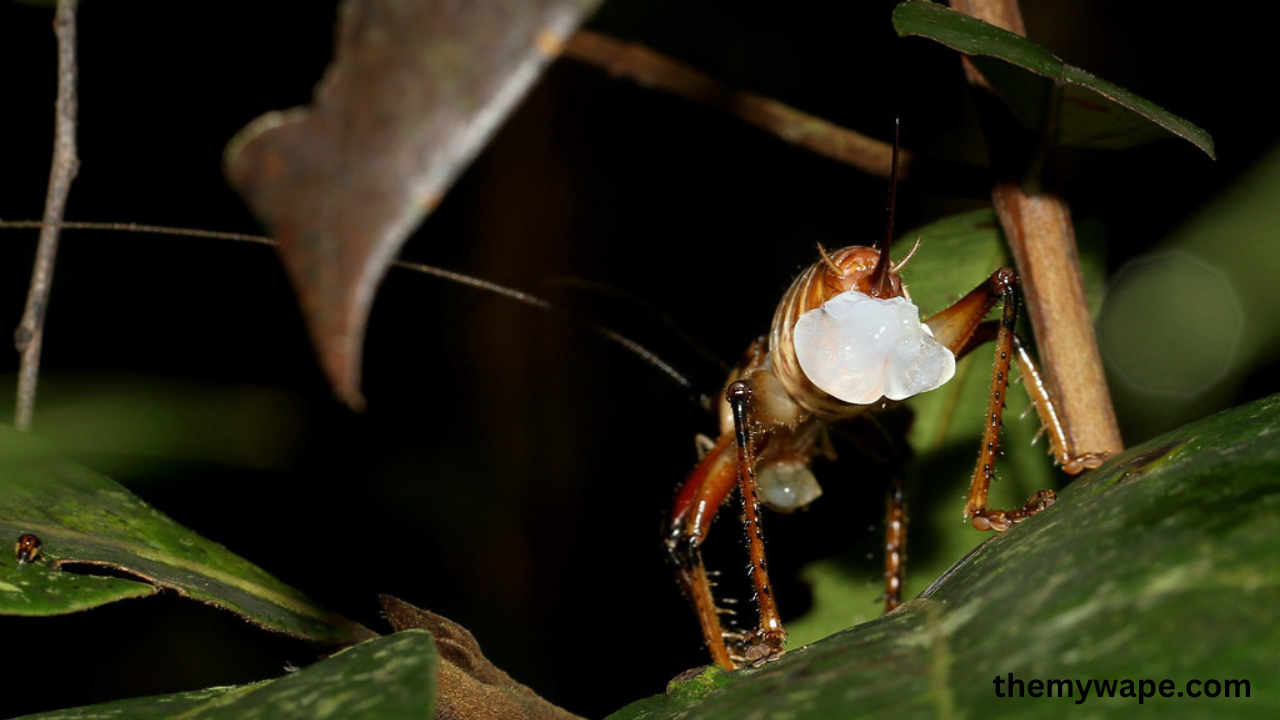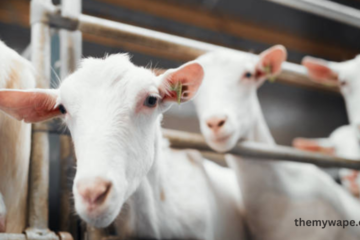Introduction to Cricket Eggs
Hatching the Curiosity
When most people think of crickets, they imagine the familiar chirping sound on a warm summer evening. But there’s more to these small insects than meets the eye. Behind the scenes, crickets play a crucial role in ecosystems, and their eggs are an integral part of this story. Cricket eggs, though tiny, hold within them the promise of new life and are increasingly recognized for their economic and nutritional value.
Table of Contents
Overview of Crickets and Their Life Cycle
“Crickets are members of the Orthoptera order, sharing a close relationship with grasshoppers and katydids. They undergo a life cycle with three key stages: egg, nymph, and adult. The journey begins with the female cricket laying her eggs, which then hatch into nymphs. These nymphs gradually molt and develop into adults, continuing the cycle.
The Anatomy of Cricket Eggs
Size, Shape, and Structure
“Cricket eggs are very small, usually around 2 to 3 millimeters long. They have an elongated, cylindrical shape with a slightly pointed end. The eggshell, known as the chorion, is delicate yet protective, safeguarding the developing embryo inside.
How to Identify Cricket Eggs
Identifying cricket eggs can be tricky due to their small size and resemblance to grains of rice. ” They are frequently discovered in groups, nestled in damp soil or among plant debris. Observing their environment and the presence of adult crickets can help in pinpointing their location.
Cricket Egg Laying Process
Mating and fertilization
The cricket egg-laying process begins with mating, where the male cricket transfers sperm to the female. After fertilization, the female uses her ovipositor, a specialized egg-laying organ, to deposit the eggs into the soil or other suitable substrates.
Where Do Crickets Lay Their Eggs?
“Crickets favor depositing their eggs in moist, soft soil, as this environment offers the essential moisture needed for egg development. Some species also lay eggs in plant stems or decaying organic matter, ensuring the nymphs have immediate access to food upon hatching.
Environmental factors influencing cricket egg development
Temperature and Humidity
Cricket eggs are highly sensitive to environmental conditions. Optimal temperatures for egg development range between 80-90°F (27-32°C), with higher temperatures speeding up the incubation process. Humidity is equally important, as too dry conditions can desiccate the eggs, while excessive moisture can lead to fungal infections.
Soil and substrate requirements
The substrate in which cricket eggs are laid plays a crucial role in their development. Loose, well-drained soil with good moisture retention is ideal. In captivity, peat moss or coconut coir can serve as effective substitutes.
Incubation Period of Cricket Eggs
“The time it takes for cricket eggs to hatch can differ based on the species and the surrounding environment. Generally, under ideal conditions, cricket eggs will hatch in approximately 10 to 14 days.” However, in cooler climates, this period can extend to several weeks.
Signs of Healthy Development
A healthy cricket egg will gradually darken as the embryo develops inside. Any signs of mold, discoloration, or a foul odor may indicate that the eggs are not viable.
Cricket Egg Care in Captivity
Best Practices for Breeding Crickets at Home
For those interested in breeding crickets at home, providing the right conditions is key. Maintain a stable temperature and humidity level, and use a suitable substrate for egg-laying. Regularly check the eggs for signs of development and avoid disturbing them during the incubation period.
Common Mistakes to Avoid
One common mistake is failing to provide adequate moisture, which can lead to egg desiccation. Another is overcrowding, which can cause stress among adult crickets, leading to reduced egg production and higher mortality rates.
The Role of Cricket Eggs in Ecosystems
Food Source for Predators
Cricket eggs serve as a vital food source for various predators, including birds, reptiles, and small mammals. They are also a key part of the diet for other insects, such as ants and beetles.
Contribution to soil health
When cricket eggs hatch, the nymphs contribute to the aeration of the soil as they burrow and feed. This activity helps in the decomposition of organic matter, enriching the soil with nutrients.
Cricket Eggs in Human Consumption
Nutritional Value of Cricket Eggs
Cricket eggs are rich in protein, vitamins, and minerals, making them a valuable addition to the human diet. They are especially high in omega-3 fatty acids, which are essential for heart health.
How Cricket Eggs Are Harvested for Food
In some cultures, cricket eggs are harvested as a delicacy. The process involves carefully collecting the eggs from their substrate and preparing them in various dishes. They can be boiled, fried, or even ground into flour for baking.
Economic Importance of Cricket Eggs
Cricket Farming Industry
The rise of cricket farming has created a new industry centered around the production of crickets for food and feed. Cricket eggs are the foundation of this industry, as they ensure a continuous supply of crickets for commercial purposes.
Market Demand for Cricket Eggs
With the growing interest in sustainable and alternative protein sources, the demand for cricket eggs is on the rise. They are not only used for breeding crickets but also as a direct food source in certain markets.
Cultural Significance of Cricket Eggs
Traditional uses in different cultures
In various cultures, cricket eggs have been used in traditional medicine and cuisine. “In Southeast Asia, these are thought to possess healing qualities and are frequently used in herbal treatments.”
Cricket Eggs in Folklore and Mythology
Crickets and their eggs have also made appearances in folklore and mythology. In some cultures, crickets are considered symbols of good luck, and their eggs are thought to bring prosperity.
Cricket Eggs in Scientific Research
Study of insect reproduction
Cricket eggs are a valuable model for studying insect reproduction and development. Researchers use them to understand the genetic and environmental factors that influence insect populations.
Cricket Eggs in Genetic Research
The simplicity of cricket genetics makes them an ideal subject for genetic research. Studies on cricket eggs have contributed to advancements in gene editing and the understanding of hereditary traits.
Challenges in Cricket Egg Preservation
Threats from Predators and Parasites
Cricket eggs face numerous threats in the wild, including predation by ants and parasitism by wasps. These challenges can significantly reduce the survival rate of cricket eggs.
Impact of Climate Change on Cricket Egg Survival
Climate change poses a significant threat to cricket populations. Altered temperature and humidity patterns can disrupt the development of cricket eggs, leading to population declines.
Future Prospects of Cricket Eggs
Innovations in Cricket Farming
As interest in sustainable food sources grows, innovations in cricket farming are expected to increase. These may include improved breeding techniques, automated harvesting, and enhanced nutritional profiles for cricket eggs.
Potential of Cricket Eggs as a Sustainable Food Source
Cricket eggs present a promising option for a sustainable food source. Their high nutritional value, coupled with the low environmental impact of cricket farming, makes them an attractive option for feeding the growing global population.
Conclusion
Cricket eggs may be small, but their impact is immense. From their role in ecosystems to their potential as a sustainable food source, these tiny wonders deserve our attention. As we continue to explore the possibilities of cricket eggs, it’s clear that they hold a wealth of untapped potential. Whether you’re a cricket enthusiast, a farmer, or simply curious about the world around you, cricket eggs offer a fascinating glimpse into the intricate web of life.
FAQs
What is the lifespan of a cricket?
A cricket typically lives for about 8-10 weeks, with variations depending on species and environmental conditions.
How do I ensure my cricket eggs hatch successfully?
Maintain optimal temperature and humidity levels, and use a suitable substrate like peat moss to support egg development.
Can cricket eggs survive freezing temperatures?
No, cricket eggs are sensitive to cold and require warm temperatures to develop properly.
Are cricket eggs safe to eat?
Yes, cricket eggs are safe to eat and are a nutritious source of protein and other essential nutrients.
What are the benefits of eating cricket eggs?
Cricket eggs are high in protein, omega-3 fatty acids, and other vitamins and minerals, making them a healthy addition to the diet.
You can see the latest updates on : MyWape



